Shenzhou 15 astronauts arrive at China’s space station for first crew handover
Original Publication Date: 2022-11-29 23:09
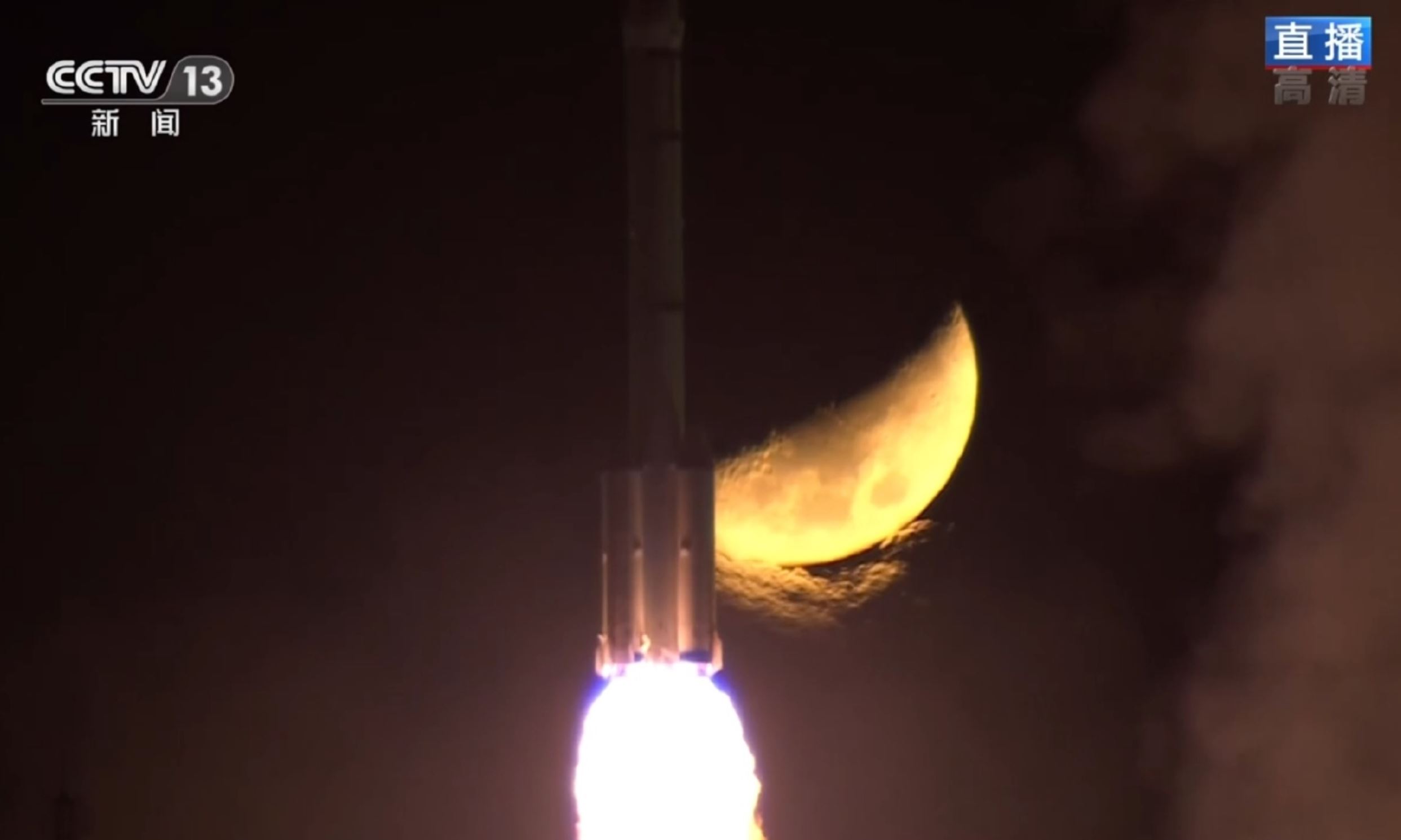
China has six astronauts aboard its recently-completed space station for the first time. Shenzhou-15 launched from the Jiuquan Satellite Launch Center in the Gobi Desert on Nov. 29. Rendezvous and docking with the Tiangong space station was completed at 4:42 p.m.
Wide-Field-of-View missile warning satellite transmits first images
Original Publication Date: 2022-11-30 21:31
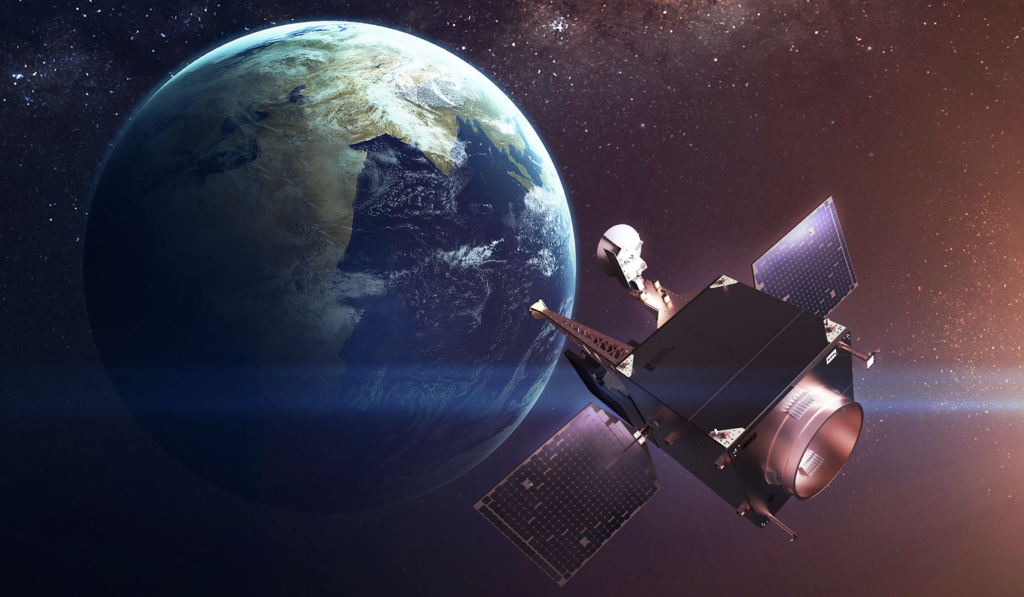
U.S. Space Force has received initial images from a new missile-warning satellite launched in July. Wide Field of View (WFOV) is a mid-sized spacecraft equipped with an L3Harris infrared sensor payload. Infrared detectors identify missiles from the heat given off by its engines. WFOV will operate as an early warning satellite to detect ballistic missile launches.
Hiber demands Astrocast cash after failed acquisition
Original Publication Date: 2022-11-30 20:20
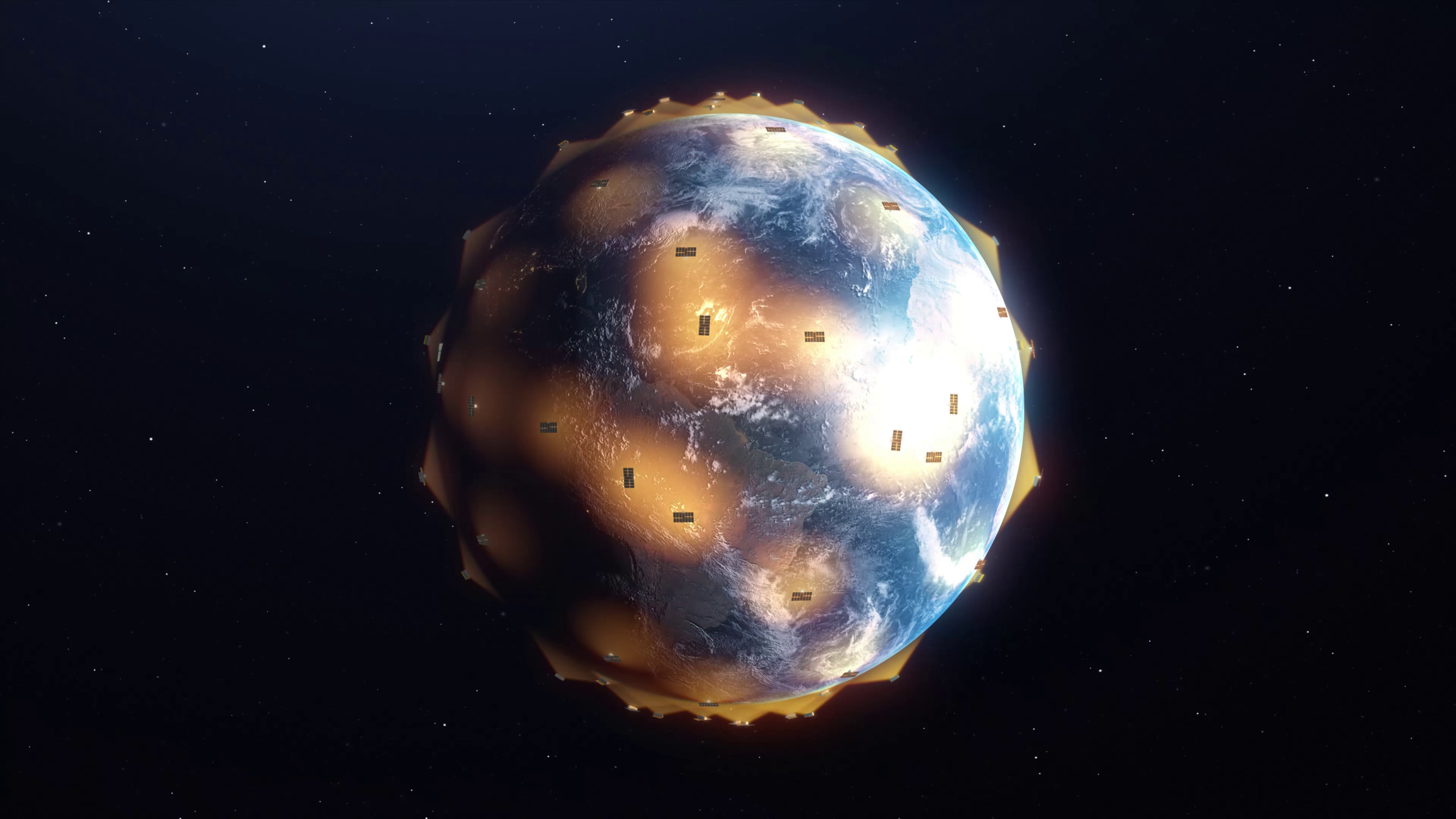
Astrocast announced plans to buy Hiber half a year ago. The acquisition was tied to Astrocast’s plan to list shares on the Euronext Growth Paris. Astrocast said it has been using short-term debt from existing investors to fund current operations.
OroraTech raises funding for additional thermal mapping satellites
Original Publication Date: 2022-11-30 19:39
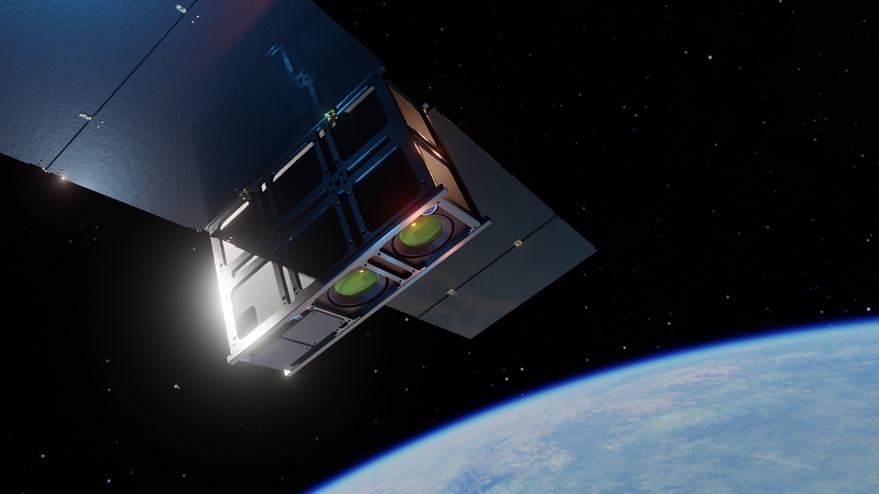
German company OroraTech has raised an additional 15 million euros ($15.4 million) The money will fund work on the company’s second satellite. The second satellite is slated for launch in May 2023 on a SpaceX Transporter mission. The company developed the satellites to offer wildfire tracking services.
Vega C to launch five Copernicus spacecraft
Original Publication Date: 2022-11-30 11:11
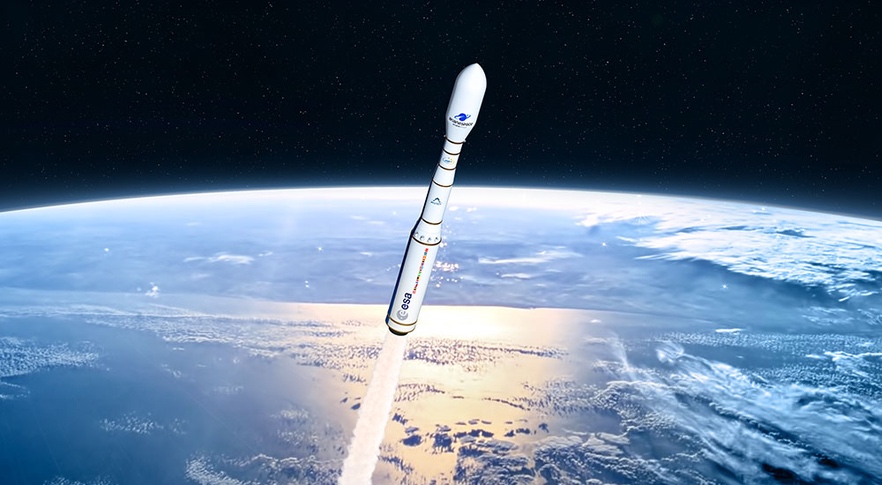
Arianespace will launch five Copernicus Earth observation spacecraft on Vega C rockets. The contract secures the position of the European Commission as the launch provider’s top institutional customer. The enhanced payload capacity of the Vega C enabled the selection of that vehicle. Vega C was scheduled to perform its first commercial launch Nov. 24.
Falcon 9 goes upright ahead of private moon mission – Spaceflight Now
Original Publication Date: 2022-11-30 00:00
This page is available to Spaceflight Now members only. Support Spaceflight Now’s unrivaled coverage of the space program by becoming a member. Your monthly or annual membership will help us continue and expand our coverage. As a supporter, you will also gain access to bonus content such as this page.
NASASpaceFlight.com
India launches a new ocean monitoring satellite on Saturday morning. The PSLV rocket carried the EOS-06 spacecraft into a low Earth orbit. The mission, PSLV C54, lifted off from the Satish Dhawan Space Centre at 11:56 local time (06:26 UTC)
Commercial Archives
Boeing is looking ahead to ‘the SLS fleet’ as the aerospace company moves to complete the next three core stages for Artemis missions II through IV. Design and materials orders are in work from Boeing for SLS’s new upper stage, the Exploration Upper Stage (EUS), which is set to debut on Artemis IV.
International Archives
SpaceX is readying to use its reliable Falcon 9 rocket to send a privately funded mission to the surface of the moon. HAKUTO-R Mission 1, slated to lift off from Space Launch Complex 40 (SLC-40) at the Cape Canaveral Space Force Station (CCSFS) is now awaiting a new launch date.
ISS Updates – Spaceflight101 – International Space Station

A veteran NASA spacewalker and an EVA rookie from Japan ended their week with nearly six hours of work outside the International Space Station. The restoration of the Station’s Mobile Servicing System started last year and continued in January to provide Canadarm2 with a new pair of grappling hands.
Featured – Spaceflight101

SpaceX Falcon 9 takes to the skies over Florida’s Cape Canaveral Monday afternoon. Falcon 9 lifts a flight-proven Dragon spacecraft into orbit for a critical delivery of science gear, supplies and maintenance hardware. First of at least six cargo ships inbound to the U.S. Segment of ISS this year.
News – Spaceflight101

Europe's Copernicus satellite fleet is gearing up for the arrival of its next addition on Wednesday. A Russian Rockot booster is set to blast off from the Plesetsk Cosmodrome at 17:57 UTC with the Sentinel-3B multi-function satellite.
Re-Entry: Long March 11 Rocket Body – Spaceflight101

The CZ-11 fourth stage used leftover propellant for a partial de-orbit maneuver, lowering its perigee to 120 Kilometers to significantly accelerate its orbital decay. It is reportedly built around a YF-50 main engine and conducts the orbital circularization after the three CZ-11 stages finish their job.
VP Harris, French President Get First Look at Galactic Get-Together

A merging galaxy pair cavort in this image captured by the James Webb Space Telescope. II ZW 96 is roughly 500 million light-years from Earth and lies in the constellation Delphinus. The two galaxies are in the process of merging and as a result have a chaotic, disturbed shape.
Baby Star ‘Burps’ Tell Tales of Frantic Feeding, NASA Data Shows

Newborn stars ‘feed’ at a furious rate and grow through surprisingly frequent feeding frenzies. Outbursts from stellar babies at the earliest stage of development occur roughly every 400 years. The first such outburst was detected nearly a century ago, and they’ve rarely been seen since.
NASA’s Lunar Flashlight SmallSat Readies for Launch

Lunar Flashlight will use a new kind of “green’ propellant that is safer to transport and store than the commonly used in-space propellants such as hydrazine. One of the mission’s primary goals is to test this technology for future use. The science data collected by Lunar Flashlight will be compared with observations made by other lunar missions.
NASA’s Europa Clipper Gets Its Wheels for Traveling in Deep Space

The Europa Clipper mission is scheduled to launch in October 2024. The mission will explore the icy moon of Europa and investigate whether it has the capability to support life. Understanding Europa’s habitability will help scientists better understand how life developed on Earth and the potential for finding life beyond our planet.
NASA, ESA Reveal Tale of Death, Dust in Orion Constellation

In between the two hollow regions are orange filaments where dust condenses and forms new stars. Over time, these filaments may produce new giant stars that will once again reshape the region. JPL, a division of Caltech in Pasadena, managed Spitzer mission operations for NASA’s Science Mission Directorate in Washington until the spacecraft was retired in 2020.
NASA Program Predicted Impact of Small Asteroid Over Ontario, Canada

Asteroid was detected 3 ½ hours before impact, making this event the sixth time in history a small asteroid has been tracked in space before impacting Earth’s atmosphere. Small asteroids are not a hazard to Earth, but they can be a useful test for NASA’s planetary defense capabilities for discovery, tracking, orbit determination, and impact prediction.
Meet the People Behind the SWOT Water-Tracking Satellite

The Surface Water and Ocean Topography (SWOT) mission will be the first to observe nearly all water on Earth’s surface. Led by NASA and the French space agency Centre National d’Études Spatiales (CNES), SWOT will measure the height of water in lakes, rivers, reservoirs, and the ocean.
